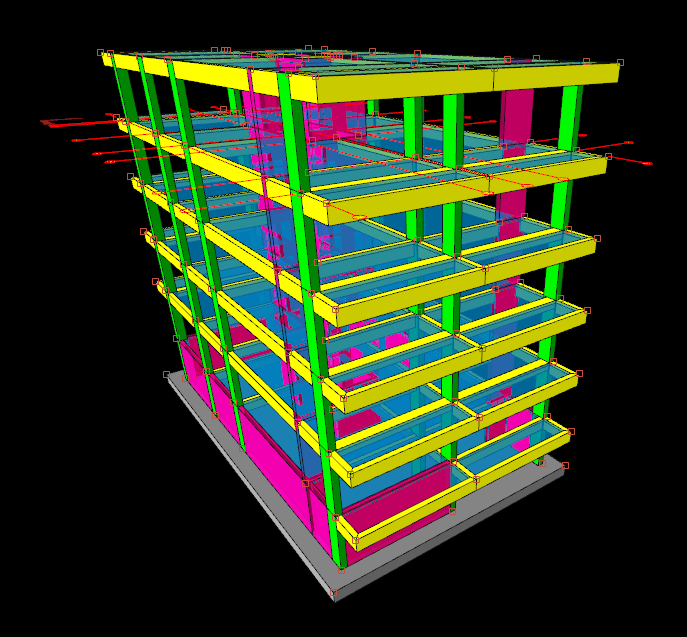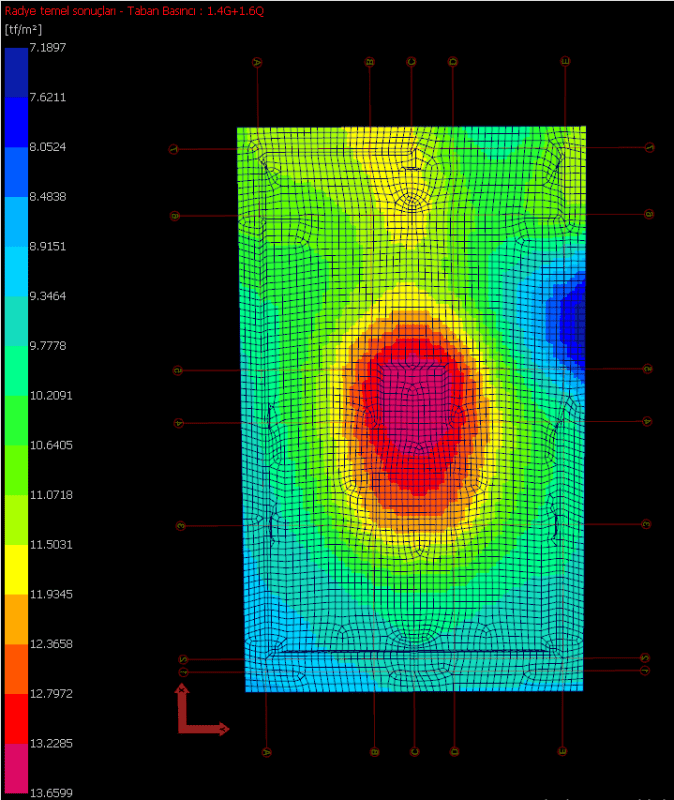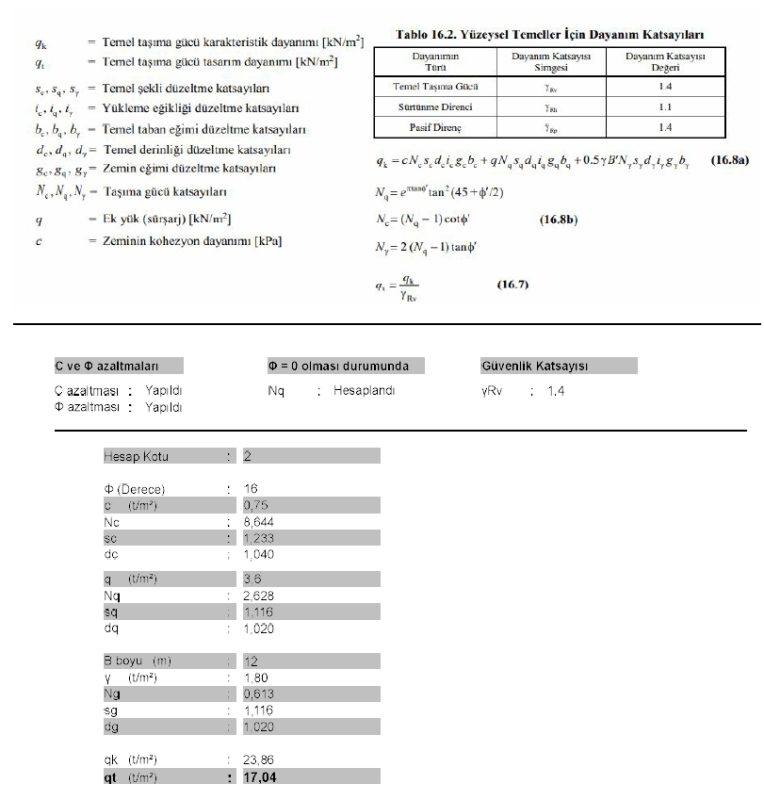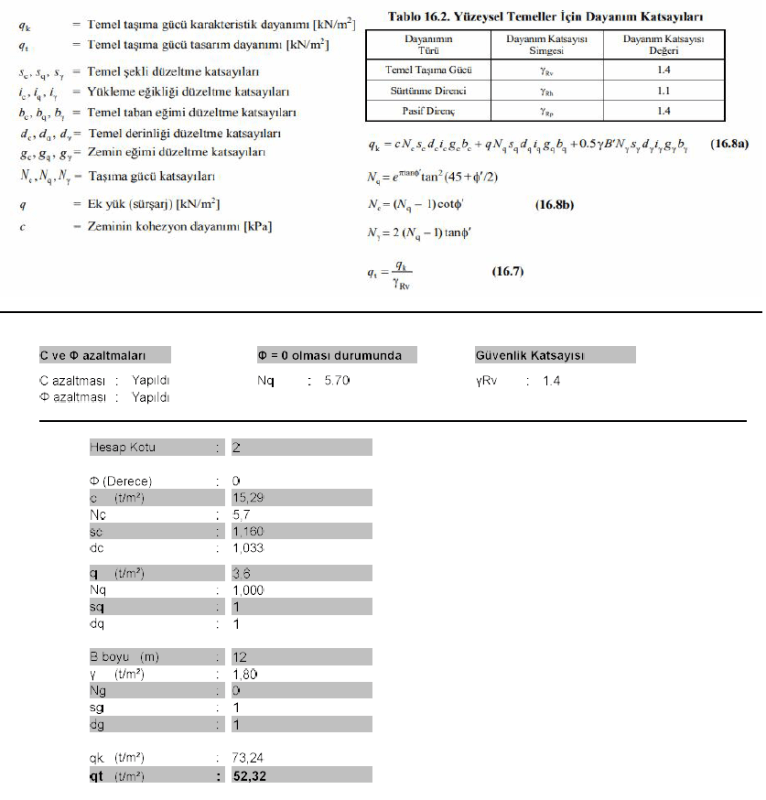mxslab
Geotechnical
- Mar 21, 2019
- 6
I have too many charts and tables for Undrained Shear Strength. I couldn't find any source for cohesion value for clays.
Is there any Direct correlation beetwen cu (Undrained Shear Strength) and c (Cohesion)or any information about cohesion table (or charts, graph... etc)
In my boring logs and lab test results; i have atterberg limits, water content, SPT-N values, sive analyse.
Thank you.
Is there any Direct correlation beetwen cu (Undrained Shear Strength) and c (Cohesion)or any information about cohesion table (or charts, graph... etc)
In my boring logs and lab test results; i have atterberg limits, water content, SPT-N values, sive analyse.
Thank you.





